This Dutch video is about the Bonnefanten museum in Maastricht, and their recent exhibition about Russian art.
By Sybille Fuchs from Germany:
“The Big Change: Revolutions in Russian painting, 1895-1917”
An exhibition at the Bonnefanten Museum in Maastricht, Netherlands
17 August 2013
The exhibition of paintings in the Bonnefanten Museum in Maastricht that ended last weekend offered a dazzling insight into a fascinating period (1895-1917) of artistic turmoil in the last years of tsarist Russia.
Many of the approximately 90 paintings are hardly known in the West and several have never even been exhibited outside Russia. Most of them were made available by the Tretyakov Gallery in Moscow and the State Russian Museum in St. Petersburg.
The young generation of painters during this period responded to changes in society and rebelled against convention and the ossified art world of the academies. They were in active contact with major figures in other artistic forms including music, theatre, ballet and literature, travelling abroad, above all in France, Germany and Italy, and engaged in fierce debates and polemics.
They turned away from realist painting and also from the artists of the Peredvizhniki (The Wanderers) such as Ilya Repin, who captured social and popular themes, but continued to paint in a traditional way. They sought new means and forms of expression. Many of them brought back home the impulses and ideas that they encountered in Western Europe, connecting them with Russian traditions and developing them further.
Beginning with symbolist paintings such as those of the young Kazimir Malevich, through works influenced by Italian futurism, the rayonism of Mikhail Larionov, the neo-primitivism of his partner Natalia Goncharova, a Russian style of futurism known as cubofuturism, and the first abstract constructivist and suprematist paintings by Malevich, Lyubov Popova and Olga Rozanova—all of this exciting period was present in Maastricht.
Along with well-known artists such as Malevich, Vladimir Tatlin (three of whose works were on view in Maastricht) and Wassily Kandinsky, who played an important role after the Russian revolution in 1917, many lesser-known or virtually unknown artists in the West were exhibited. Even though only a minority of them would later support the revolution and consciously place their art in the service of building a new socialist society, the spirit of 1917 was clearly anticipated in the exhibition.
The exhibition was well conceived and contributed to an understanding of the pre-revolutionary period in Russian painting. It began with a presentation of the artists through a series of portraits. There was also a circular room in which each artistic group or exhibition, their conceptions, debates, controversies, and social milieu were represented through texts, pictures and posters.
Well into the 18th century, Russian painting remained completely dominated by icon painting, but then a rapid development began, parallel to that in Western Europe and in constant exchange with Western art. In 1898, the influential magazine Mir iskusstva (World of Art) appeared. This magazine and an artistic group of the same name played an important role in unifying artists educated in Russia with artistic tendencies that had developed in the rest of Europe.
The declared goal was the integration of all artistic forms and their international collaboration. To this end, the group organised exhibitions of Russian and Western European artists in Moscow and Petersburg, and mutual visits.
Important roles in this group were played by Sergei Diaghilev, who was active in the theatre and famously organised the Ballets Russes (1909), and the painter Leon Bakst. The famous portrait of Diaghilev by Bakst was exhibited in Maastricht, in which he looks at the viewer with a self-conscious pose and his hands in his trouser pockets. On the left in the background sits an old woman, his childhood nanny, with her hands folded in her lap. The picture depicts the emergence of a new era, while simultaneously recalling traditional roots.
At the same time, the focus of visual artists shifted from what was being represented, to how it was represented.
Some painters, such as Nicholas Roerich [or Nikolai Rerikh], rebelled against the established art world by trying to represent an internal world of fairytales and symbolism, in which mythical figures or creatures, animals and landscapes expressed only dream worlds, atmospheres and feelings of anxiety and trepidation. Others like Arkhip Kuindzhi experimented with landscapes in which the focus was almost exclusively on the colours.
The works of Mikhail Vrubel are particularly impressive. They included not only wonderful paintings, but also works on paper. His sketches barely resemble real objects, but open up new spaces and worlds into which the viewer can project himself. His paintings, like the two portraits of his wife and his son, are not concerned with realistic portrayal, recognition or perspective, but rather with an atmosphere or spiritual feeling, expressed through a sparse pallet of colours, dominated by brown and grey tones.
The object is hardly recognisable at first glance in many of the symbolists’ paintings. Some give an indication of the abstract painting that Kandinsky and Malevich would develop shortly thereafter.
The latter was represented at the exhibition with his later abstract paintings, as well as with his earlier symbolist works in delicate yellow and orange tones. The exhibits, tracking Malevich’s transformation to the entirely abstract painting of the suprematist movement via cubism, are well assembled and feature a selection of famous and also rarely exhibited paintings.
Kazimir Malevich, Supremus (1915-16) © State Russian Museum, St. Petersburg
Malevich’s cubist paintings, such as Cow and Violin from 1913 and his completely abstract work Supremus, which he painted in 1915-16 after his famous Black Square (1915), were even more provocative. He understood suprematism to be an imagery that totally abandoned objects and limited itself to clear colours and geometrical forms.
After the revolution, Malevich played a leading role in the visual arts section of the People’s Commissariat for Education [Izo-Narkompros]. Together with his pupils, he created prototypes for industry, graphic design and architectural models. In the second half of the 1920s, his fortunes waned as the Stalinist regime increasingly suppressed the avant-garde artists. In 1927 he was able to exhibit again in Warsaw and Berlin, and he visited the Bauhaus. His book The World as Non-Objectivity (1926) appeared later in the series of Bauhaus books.
Wassily Kandinsky, Improvisation of Cold Forms (1914) © State Tretyakov Gallery, Moscow
The various artists’ groups active prior to the First World War, including Jack of Diamonds (Bubnovyi Valet) and Donkey’s Tail (Osliniy Khvost), were rather short-lived. As Malevich declared, the years 1908-10 were ones of great “uncertainty.” Every six months the artist’s impression of the world would change, he wrote.
Artists like Ilya Mashkov, Pyotr Konchalovsky and Robert Falk belonged to the Jack of Diamonds, having become familiar with the works of Paul Cézanne, Henri Matisse and André Derain in Paris. Malevich was also a member of this group for a short period, before he shifted to the Donkey’s Tail. Jack of Diamonds was a platform for various experiments and artistic styles, playing a key role in the development of the Russian avant-garde.
Ilya Mashkov, Portrait of a Boy in a Painted Shirt (1909) © State Russian Museum, St. Petersburg
The most well known works of this group on display were Mashkov’s Portrait of a Boy in a Painted Shirt (1909), Falk’s Nude. Crimea (1916) and Mashkov’s unusual Self-Portrait with Pyotr Konchalovsky (1910). In the latter work the painter and his friend are depicted as vigorous and muscular gymnasts, their faces turned toward the viewer while sitting in a room with a violin and musical score in their hands, respectively. On the left is a piano, on the right a laid table and in the background two oval pictures, which resemble traditional Russian flower painting.
Another example of the rapid development of outstanding individual artists in this period is Larionov, one of the few painters already to have been exhibited in the West. He produced a series of extremely distinctive works at different creative points in his career. Together with his partner Goncharova, Larionov was undoubtedly one of the most innovative artists in Russia in the period before 1917. Together they founded the group Donkey’s Tail (1), after a brief association with the Jack of Diamonds and Malevich.
Together Larionov and Goncharova experimented with different artistic styles, including cubofuturism, which was a further development of cubism and futurism. They created a new art form, which they called rayonism.
In “Rayonists and Futurists: A Manifesto” (1913), Larionov postulated an analogy between Einstein’s special theory of relativity and the anatomy of light as the depiction of a fourth dimension. The rayonist pictures exhibited in Maastricht, Larionov’s Rayonist Landscape and Bull’s Head, are limited to a few colours spread across the canvas as radiant diagrams.
Goncharova, who also created stage sets and costumes for Diaghilev’s Ballet Russes, consciously oriented to Russian traditions. She wrote in 1913, “I have learnt everything the West can give me. Now I am shaking the dust from my feet and leaving the West, my road runs to the source of all art: the East.” Her later works adopted neo-primitivism, understood as a return to simplicity and the portrayal of the essential along the lines of African and Asian art. This style was also propagated for a time by Pablo Picasso among others, thereby connecting him with elements of Russian folk art.
Among the lesser-known artists in the West exhibited in Maastricht were Aristarkh Lentulov and Pavel Filonov.
A joint founder of Jack of Diamonds, Lentulov was represented at the exhibition by several large paintings. There has never been an exhibition of so many of this artist’s works in the West before, according to the visitor’s guidebook. He painted futuristic or cubist landscapes and cities on large canvases in iridescent colours, reminiscent of August Macke and Paul Klee.
Lentulov belonged to that group of artists who dedicated themselves at first to a new orientation in the teaching of Russian art after 1917. From 1919 he gave lectures at the Vkhutemas (Higher Art and Technical Studios), whose goals were comparable to those of the Bauhaus in Germany. Tatlin, Popova and Kandinsky also taught at Vkhutemas.
Lentulov, along with other members of the Jack of Diamonds group such as Mashkov and Konchalovsky, adjusted to the Stalinist cultural doctrines in the late 1920s and painted beaming Komsomol members or collectivised peasants. Others, such as Malevich and Tatlin, who developed their art further after the revolution and became involved in the building of socialism, resigned themselves or desperately sought out means to survive. Still others emigrated to the West.
Pavel Filonov, Those Who Have Nothing to Lose (1911-12) State Russian Museum, St. Petersburg [Photo: WSWS]
There were five large paintings from Filonov, a representative of Russian futurism, which show an extremely independent development of this artist. The son of proletarian parents, he trained mainly through evening courses and as an autodidact. A painting from 1911-12, entitled Those Who Have Nothing to Lose, is particularly impressive. It shows stretched and bent figures in different poses, confined to interlaced cubist buildings. The picture is painted in greys, bluish and reddish-brown tones.
Commenting on his art, which he defined as analytical, Filonov wrote, “Through our theory we have taken up life as such in painting, and it is clear that any further conclusions or discoveries will proceed from this, because everything emanates from life and not even emptiness exists outside of life. From now on the people will live, grow, speak and think in paintings, and they will return to the mysteries of the lives of the great and miserable people of the present and future, whose roots, and the eternal fount as well, lie within us.” (2)
Pavel Filonov, War with Germany (1914-15) State Russian Museum, St. Petersburg [Photo: WSWS]
A painting entitled War with Germany (1914-15) shows clearly what Filonov meant by analytical art. The monumental picture is in brown and beige shades, with a few splashes of green. Virtually nothing is recognisable; everything is split up by small prism-like shapes, which creates a dynamic of horror.
Filonov worked closely with the poet Vladimir Mayakovsky, designing the stage set for the latter’s Vladimir Mayakovsky: A Tragedy. Filonov served in the military from the autumn of 1916 until the February 1917 revolution on the Romanian front. He returned to Petrograd in 1918 and participated in May-June 1919 in the “First State Free Exhibition of Works by Artists of All Trends” at the Winter Palace, where 22 of his paintings were shown under the title “Universal Flowering.”
In 1923 Filonov became a professor at the Academy of Arts and an associate of the Institute of Artistic Culture (Inkhuk) in Leningrad, which was led by Malevich. Filonov and his art fell out of favour in the 1930s. He died in 1941 from starvation and a lung infection in Leningrad, which was then under siege.
The exhibition in Maastricht provides a comprehensive view of the different trends in the Russian avant-garde and makes clear that the explosion of artistic creativity after 1917 had been prepared in the two previous decades.
Notes
1. The name of the group came from Larionov, who intended to ridicule the French avant-garde. In his view, art in Paris could no longer be distinguished from shoddy works that even a donkey could create.
2. Manuscript in the Institute of Russian Literature, Pushkin House, St. Petersburg.
Related articles
- Most Expensive Russian Painting Sold for $12 Million at Bonham’s (extravaganzi.com)
- Sweden: Pedestrian crossing outside Russian embassy painted in rainbow colours (pinknews.co.uk)
- How we Value Russian Impressionism (corndena552.wordpress.com)
- The Most Faked Type Of Art (dish.andrewsullivan.com)
- Major Art Fraud Ring Busted (gilescadman.vg)
- Leon Bakst | Ballets Russes designs (strangeflowers.wordpress.com)
- Don’t boycott Russia’s Olympics, raise the rainbow flag instead: Joe Schlesinger (cbc.ca)
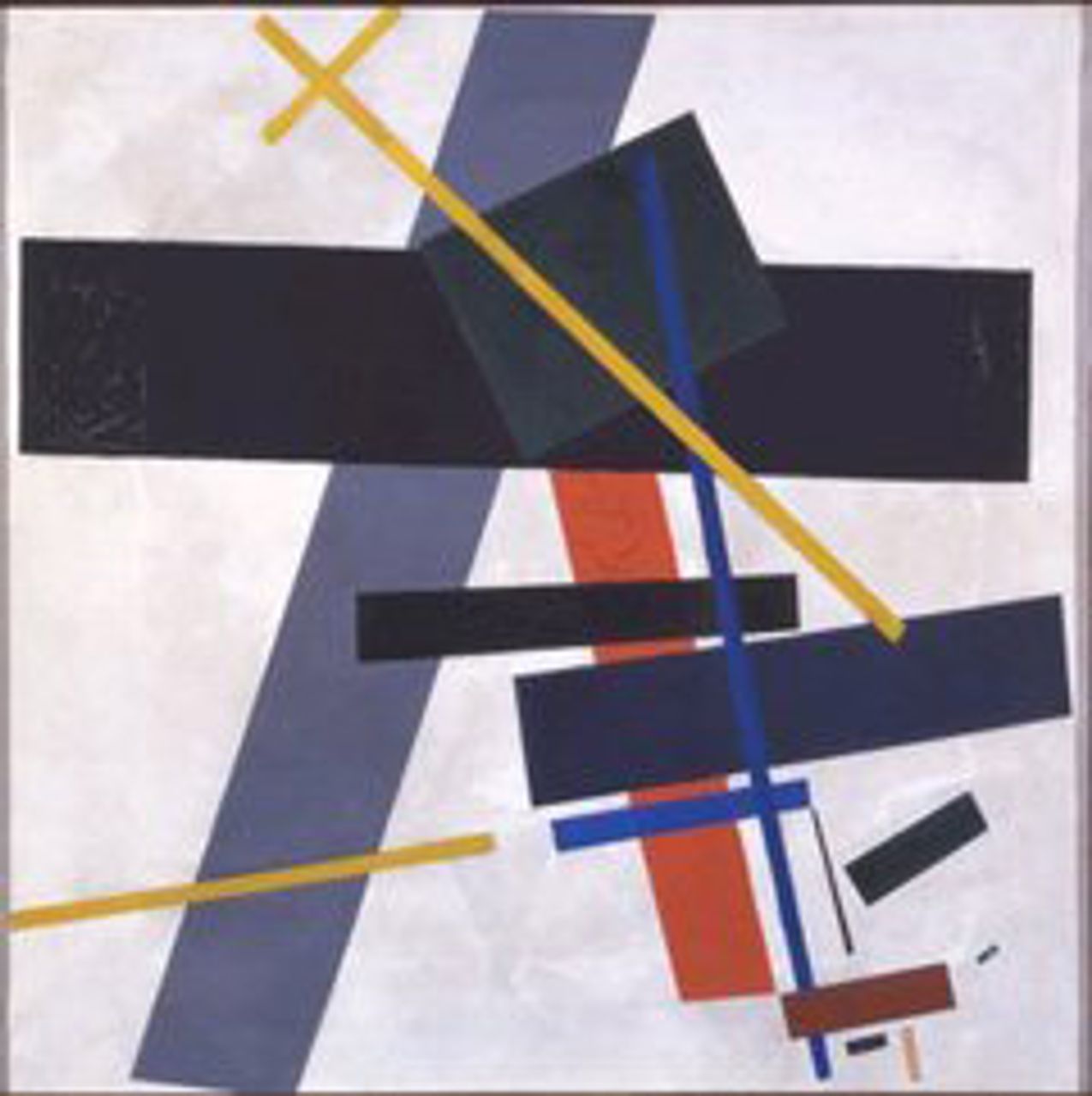
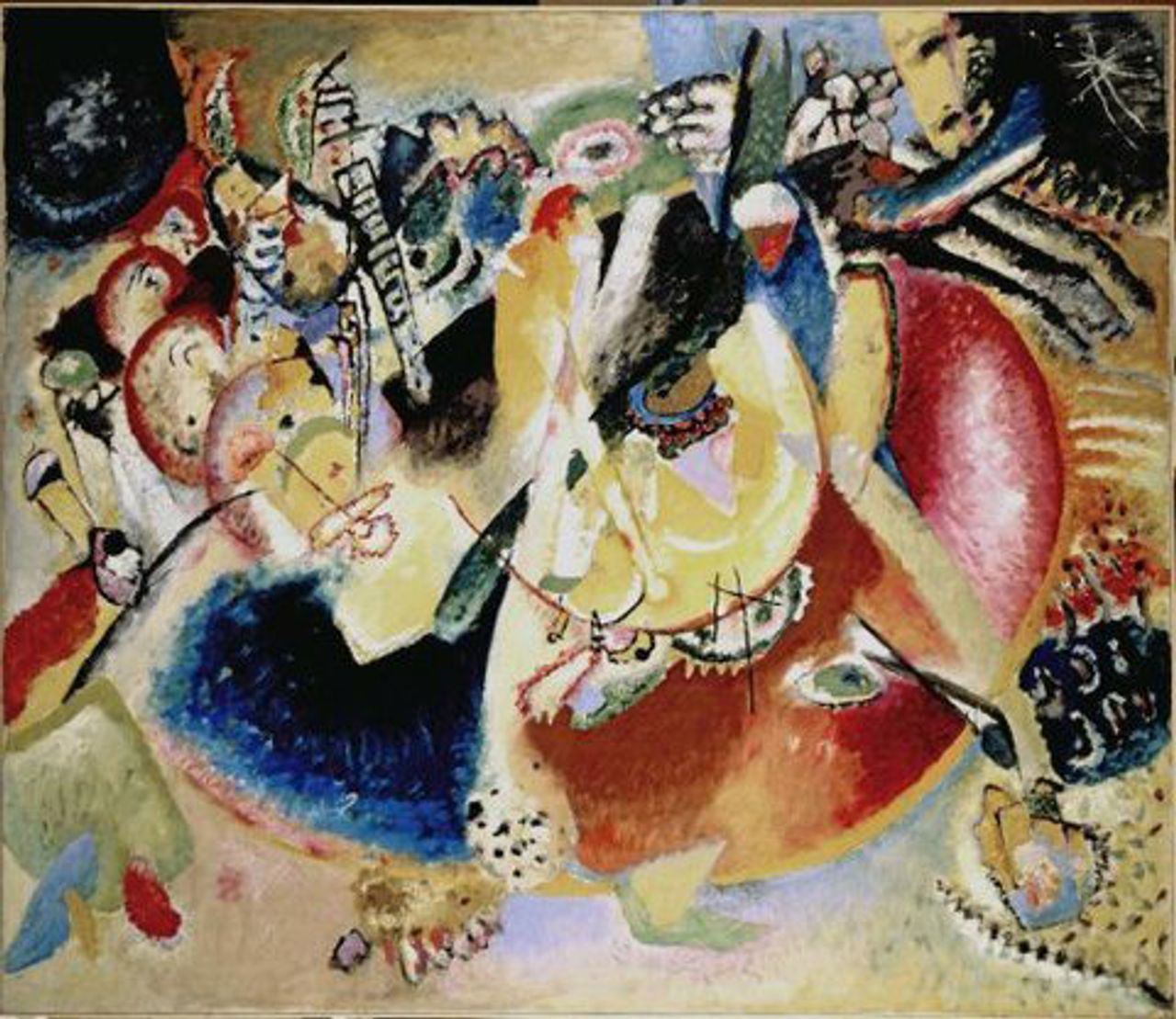
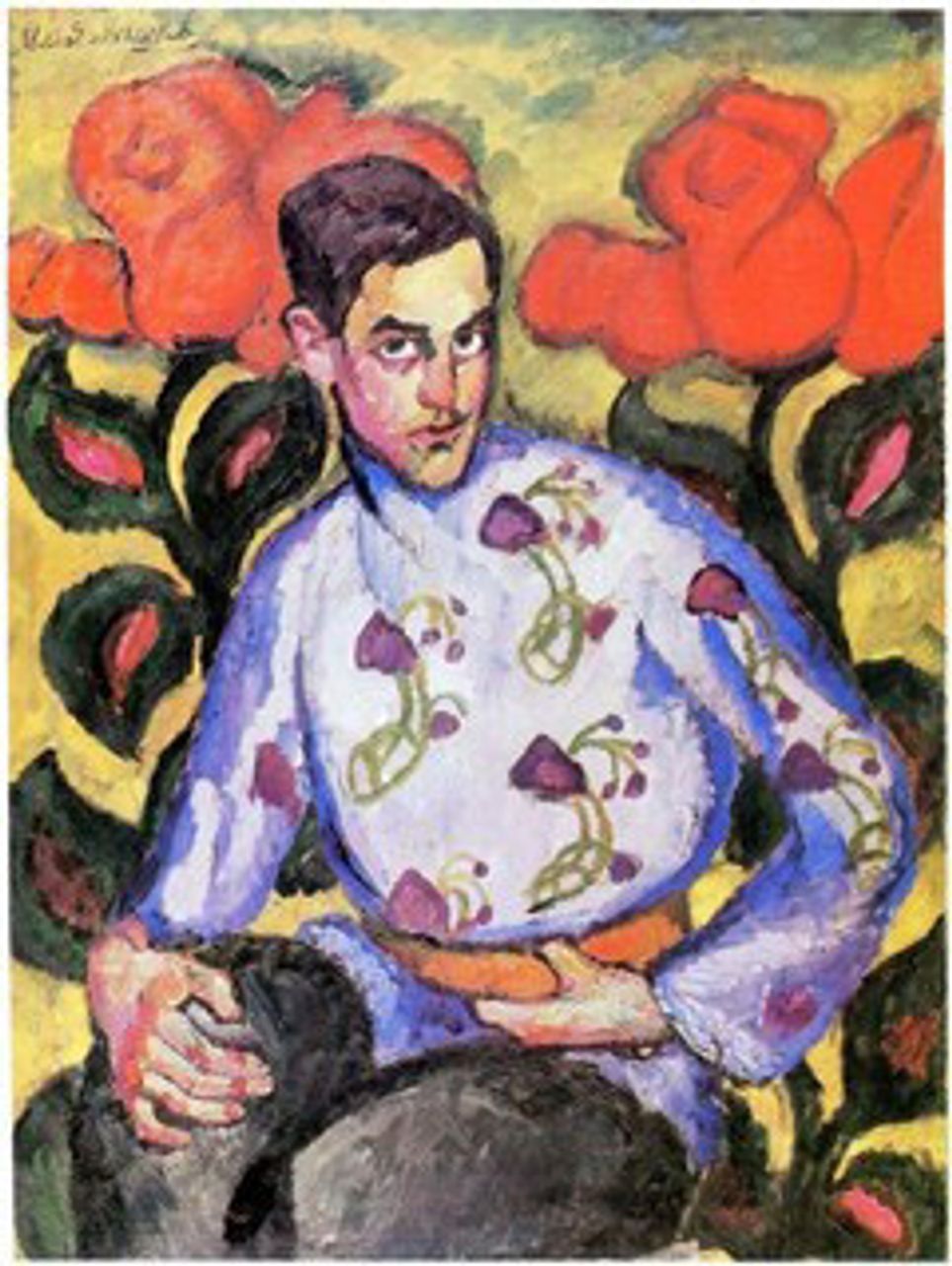
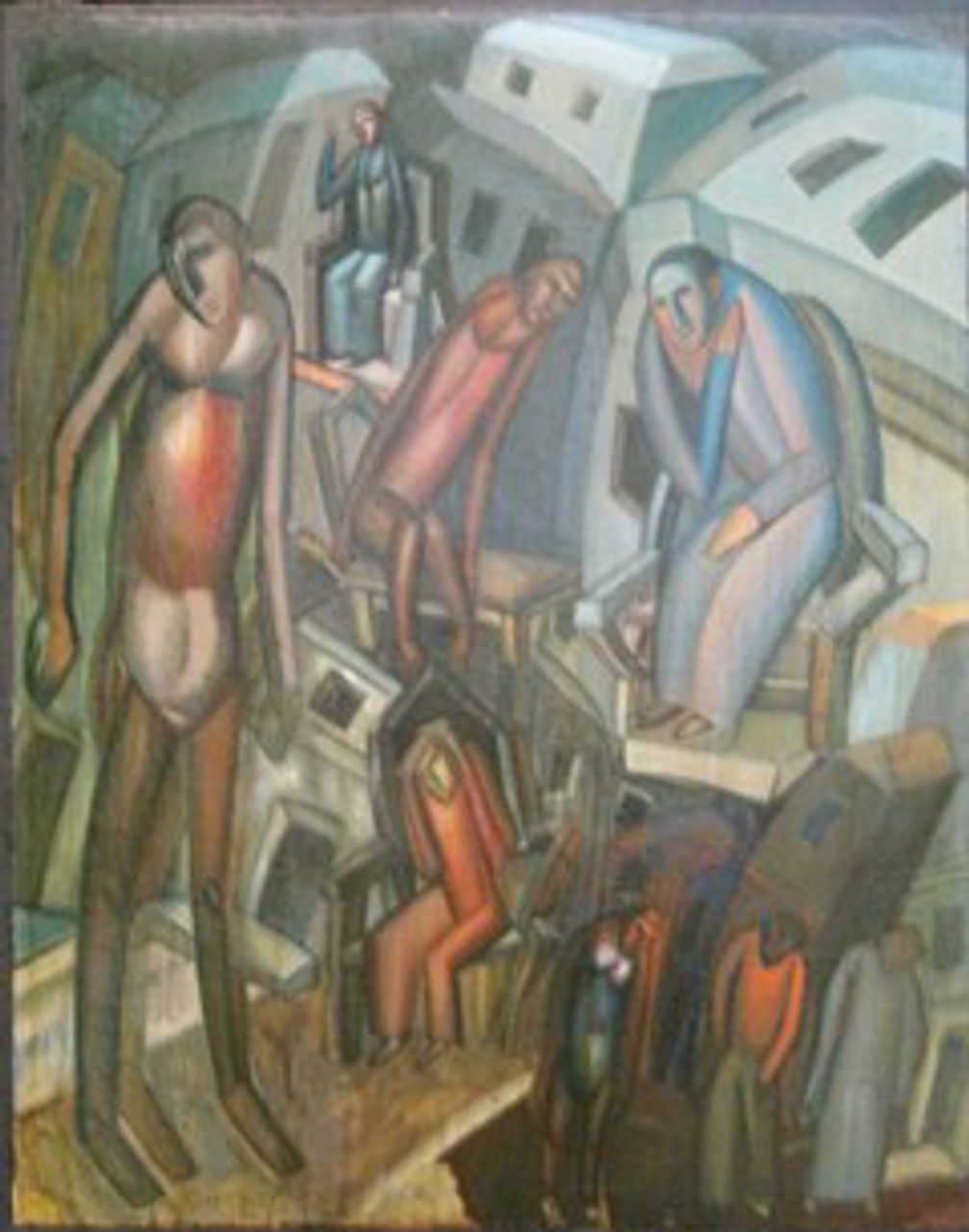
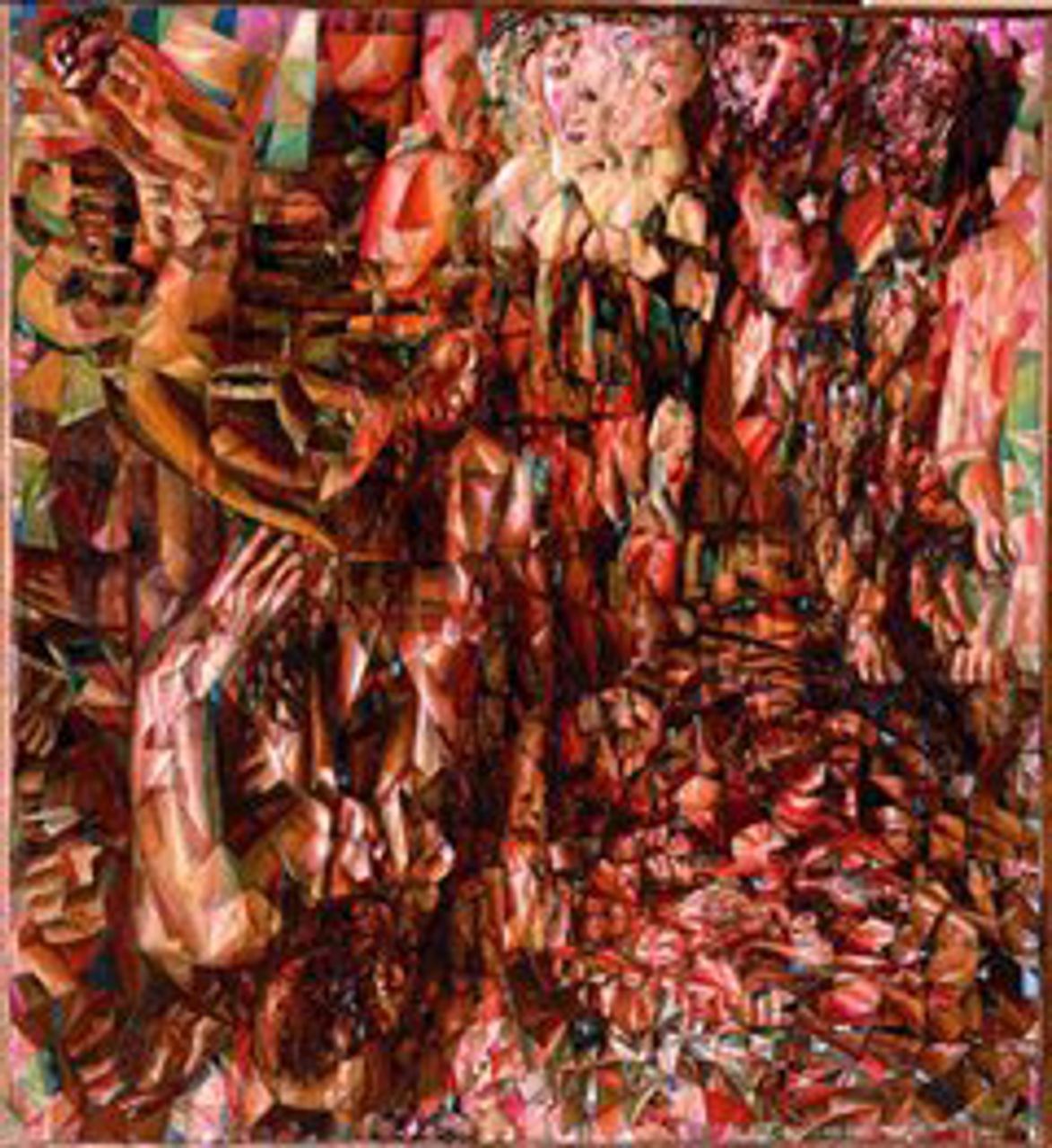
Reblogged this on L'amore e forte come la morte.
LikeLike
Thank you for reblogging!
LikeLike
thank you 🙂
LikeLike
🙂 🙂 🙂
LikeLike
Pingback: Diaghilev, dancing, other arts, politics | Dear Kitty. Some blog
Pingback: Hitler’s crackdown on Jewish composers | Dear Kitty. Some blog
Pingback: Rightist Italian, Leftist Russian Futurist art | Dear Kitty. Some blog
Pingback: British artists and World War I, exhibition | Dear Kitty. Some blog